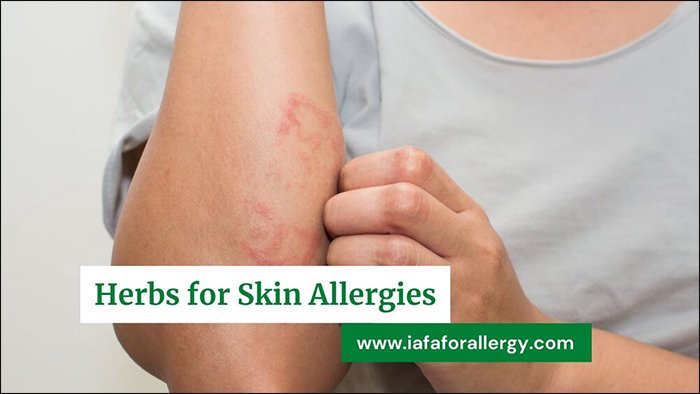Skin is the largest organ of our body. It gives us the primary protection from the environmental toxins and other pathogens that are surrounded by us. Skin is located not merely peripherally but extends itself to the deeper levels of the body. That’s why, skin diseases have deep rooted causes.
Symptoms of Skin Allergies
- Itching
- Rash
- Redness
- Bumps
- Swelling
Causes of Skin Allergies – According to Ayurveda
Ayurveda says that chronic skin conditions are caused due to the accumulation of toxins that are generated by the imbalances caused in the blood, liver and lungs.
From Ayurveda perspective, when rasa (plasma) and rakta (blood) dhatus (tissues) are well balanced, the skin is smooth, moist and glowing but when the toxins that disrupt the skin arise from the vitiation of rakta dhatu (blood tissue) and rasa dhatu (plasma) that nourish the skin. The rakta dhatu gets vitiated due to the ingestion of pitta aggravating food items such as spicy and hot foods, intake of alcohol and other food items that irritate the liver. Other factors that vitiate rakta dhatu are intense sun exposure, excessive work, intense negative emotions etc.
Treatment of Skin Allergies – According to Ayurveda
Since most cases of skin allergies are caused due to the vitiation of Pitta dosha, they respond well to the natural treatment of skin allergies as natural treatment focusses on the root cause of the problem. Ayurveda uses natural remedies to treat the symptoms of chronic disorders by working on the root cause such as purifying the rakta dhatu (blood tissue).
Herbal remedies that are taken internally, are primarily cooling in nature that have bitter and astringent tastes. Along with cleansing the blood, they also help in providing relief against the pathogens.
Some of the Herbs that are Useful in Skin Allergies
1. Aloe vera (Aloe barbadensis)
- Aloe gel or juice extracted from the internal sap has both cleansing and rejuvenating properties. The fresh gel can be applied externally on the affected area as well as taken internally as well.
- For internal use, take 2 tablespoons of fresh Aloe Vera pulp twice a day for 6-8 weeks.
- For external use, apply the fresh pulp on the affected area. It acts as a moisturizer as well because it doesn’t leave a greasy film on the face and the skin. It unclogs the pores and softens the skin.
2. Neem (Azadirachta indica)
The oil prepared from the neem leaves is the most cooling of all Ayurvedic oils. It has powerful Pitta pacifying and immune-supportive properties. Massaging the affected area of the skin with neem oil relieves skin allergies by pacifying excess Pitta dosha, heat and oiliness, allowing the skin to reset as well as rejuvenate.
3. Guduchi (Tinospora cordifolia)
- Guduchi, commonly known as Giloy balances all the three doshas. When taken internally, it purifies the blood and boosts the immune system as well. Giloy is attributed with Raktshodhak (blood purifying) properties in Ayurveda which helps in combating many skin problems such as allergies, pimples, fine lines, dark spots etc. It is also attributed with anti-ageing properties as well.
- It purifies the blood, liver and kidneys. Hence, it is a potent herb for cooling, calming and soothing the skin.
4. Coconut Oil
- Coconut oil is ideal for skin problems such as dry skin, allergies etc.
- It has anti-inflammatory properties which help in providing relief from skin allergy when applied externally.
- It helps in increasing collagen production as well.
5. Triphala
- Triphala, a formulation of three fruit products, is one of the most important rasayan (rejuvenative) drugs used in Ayurveda.
- Triphala is considered as a strong anti-oxidant.
- It rejuvenates the skin on a cellular level and gives a more youthful and glowing complexion.
- Triphala powder can be taken internally and its paste in the form of mask can be applied externally as well.
Thus, Ayurvedic skin treatments may take a few weeks to show up the signs of cure, but you can be sure about its permanent solutions.







